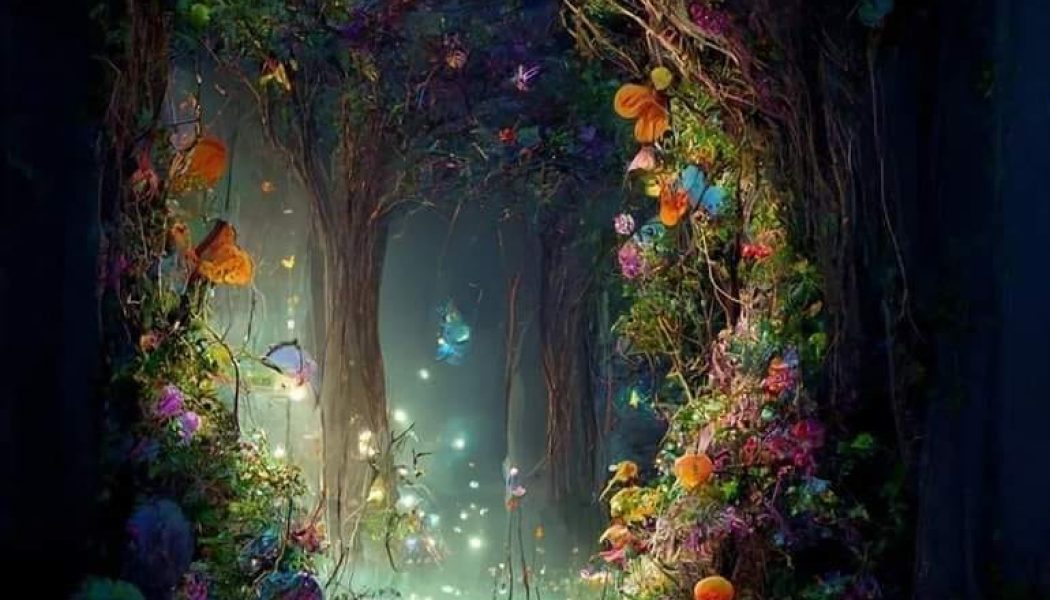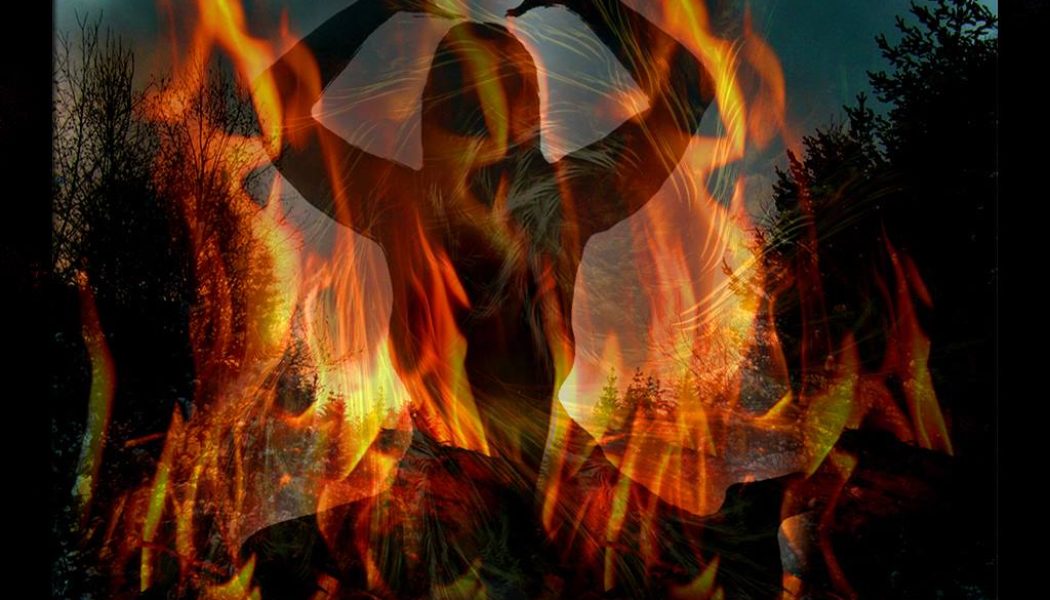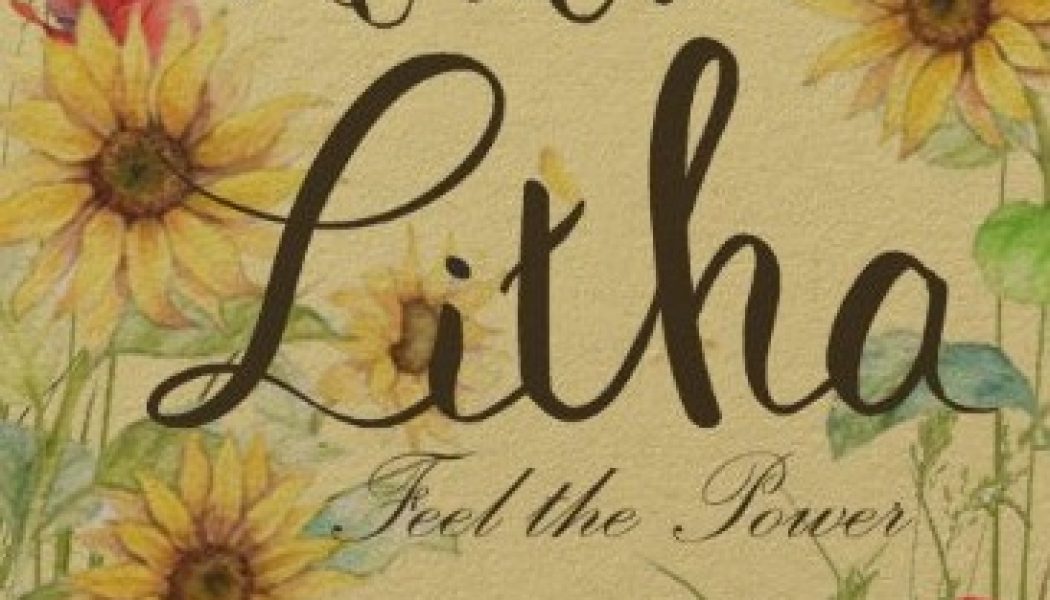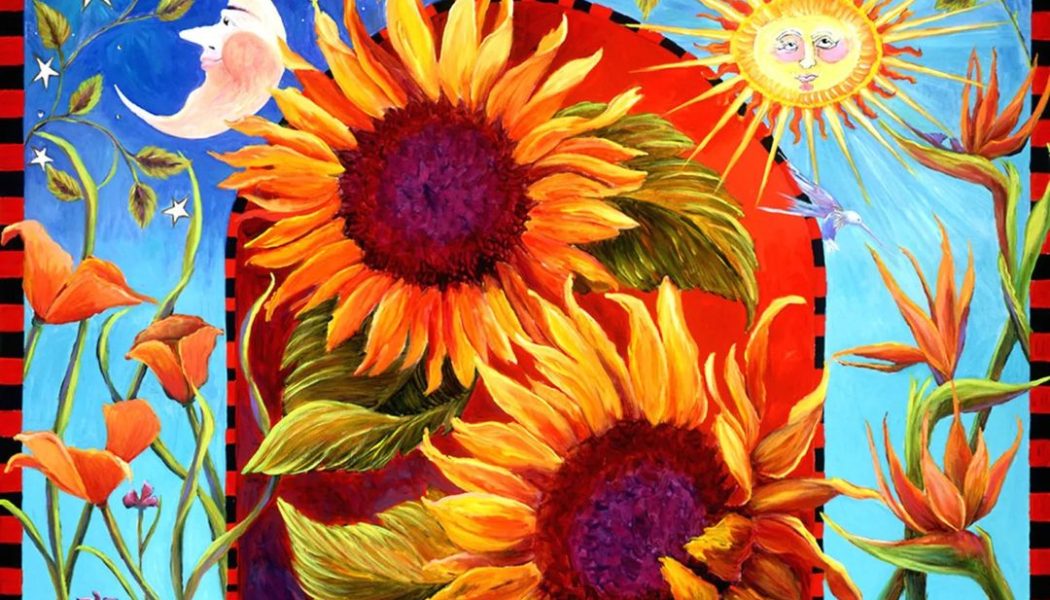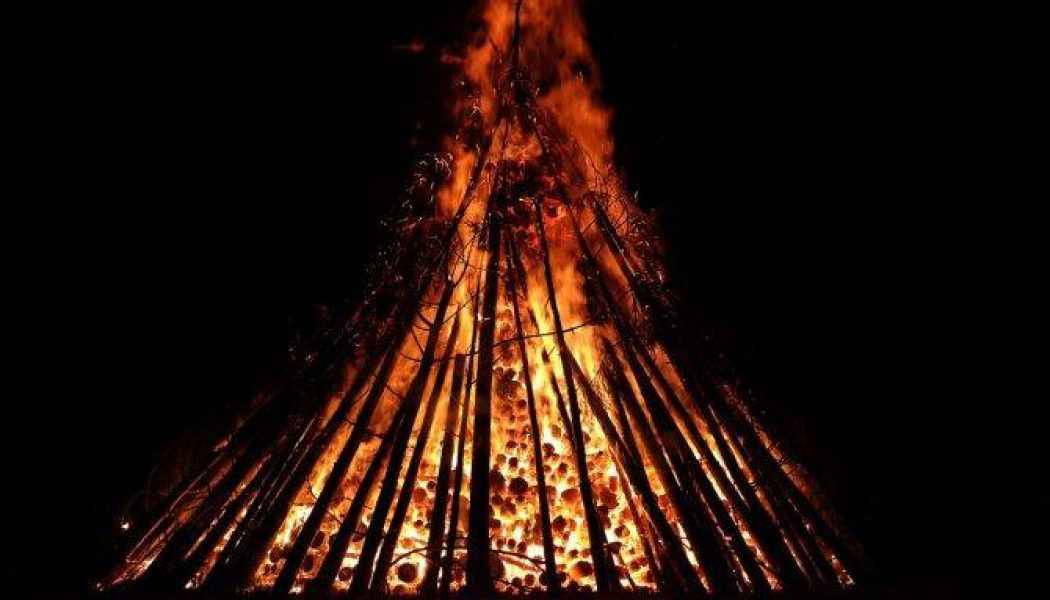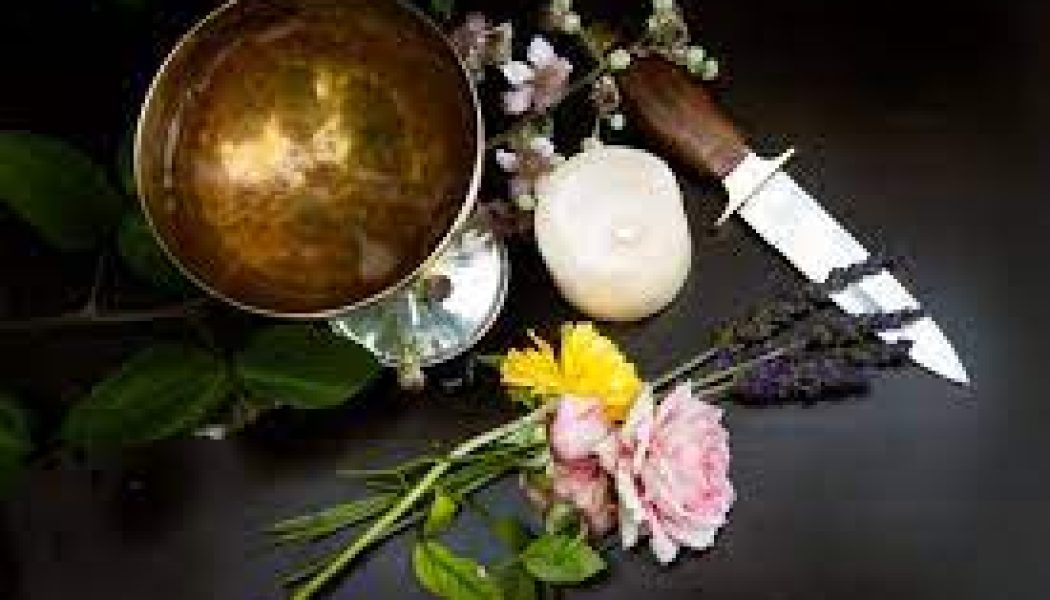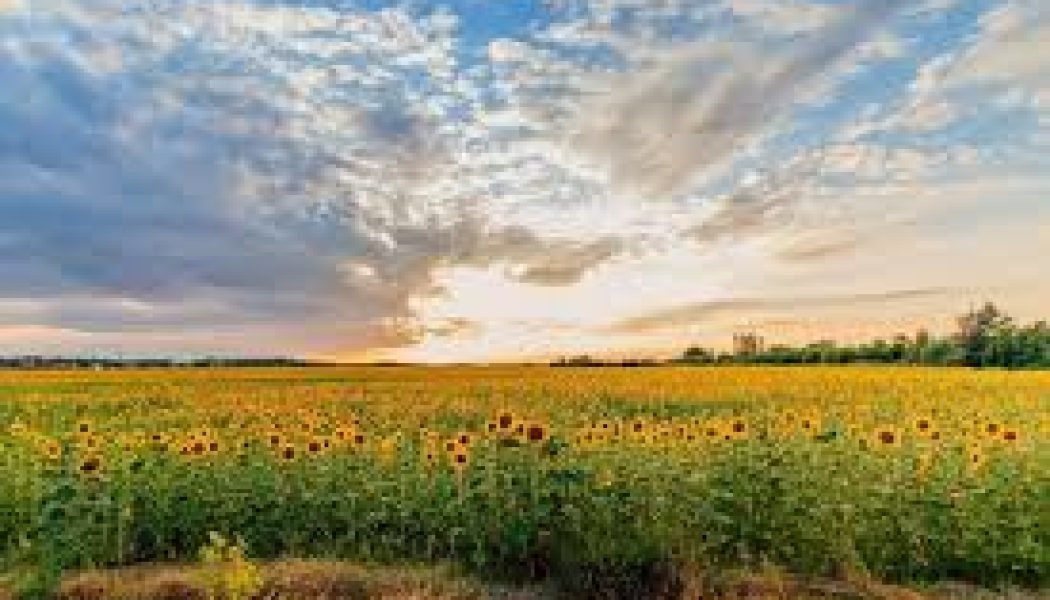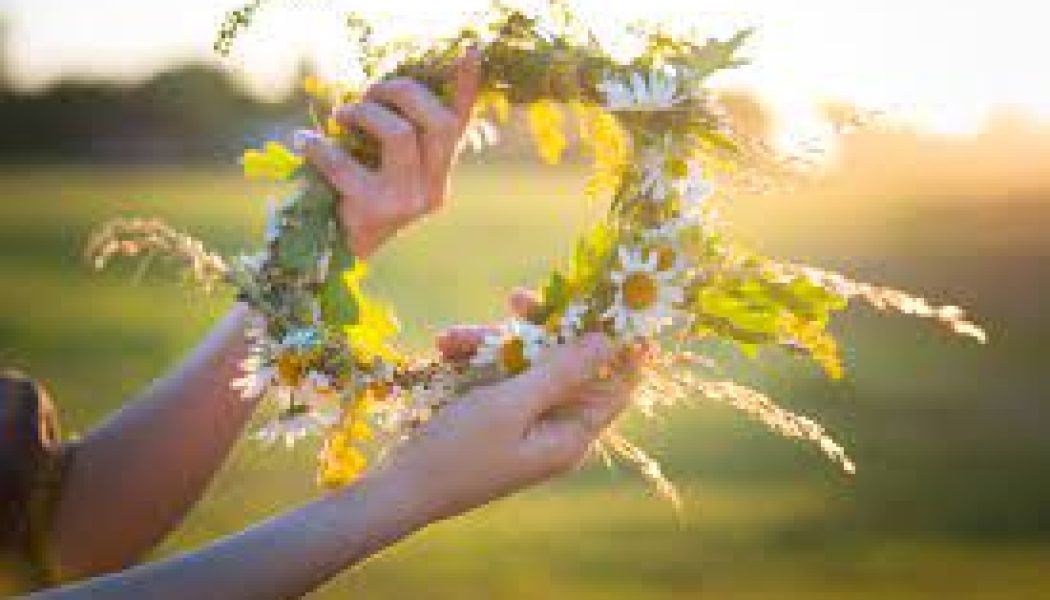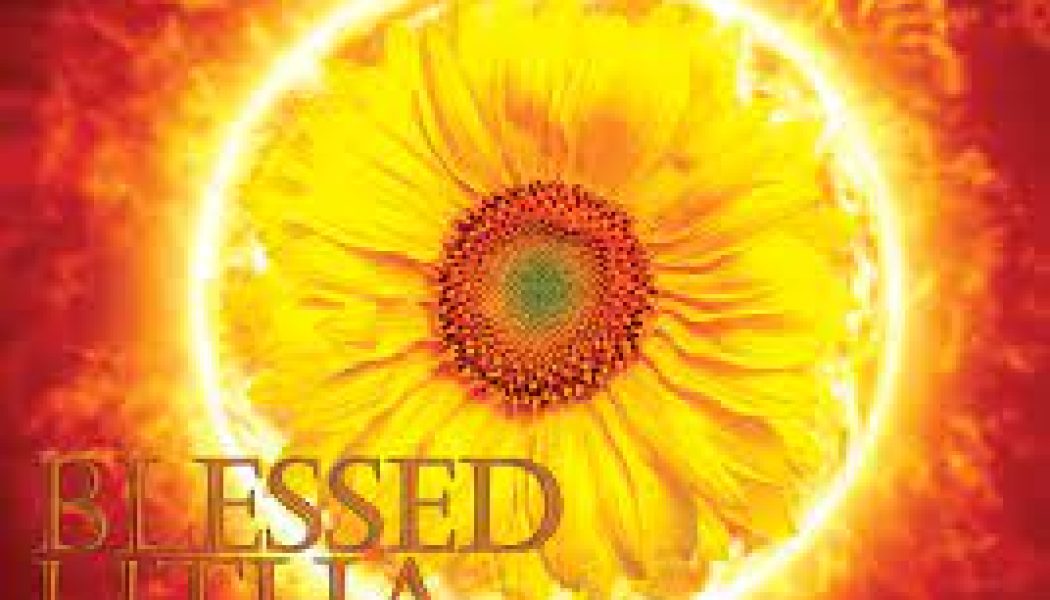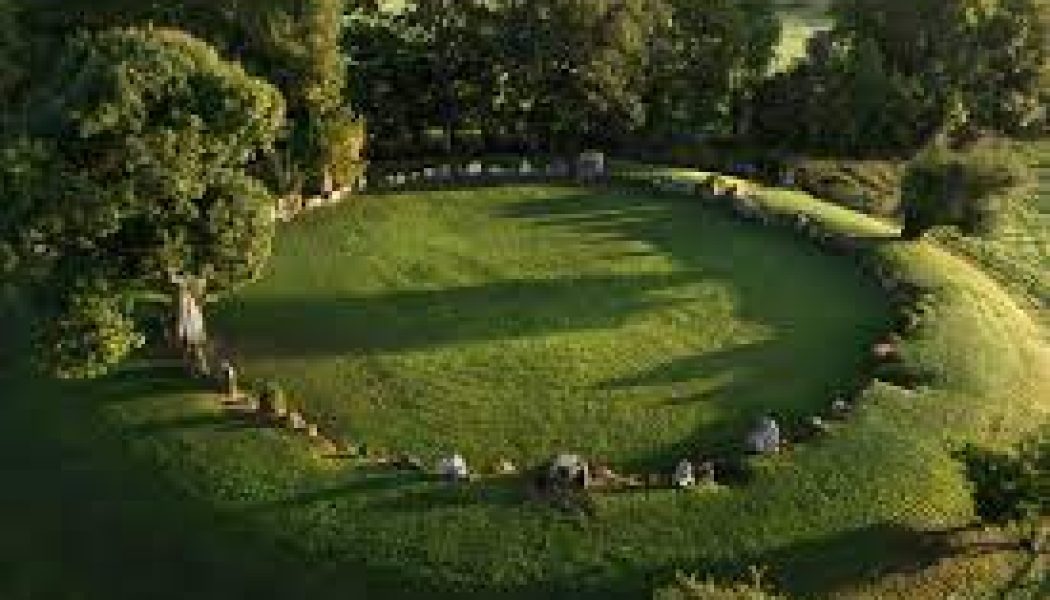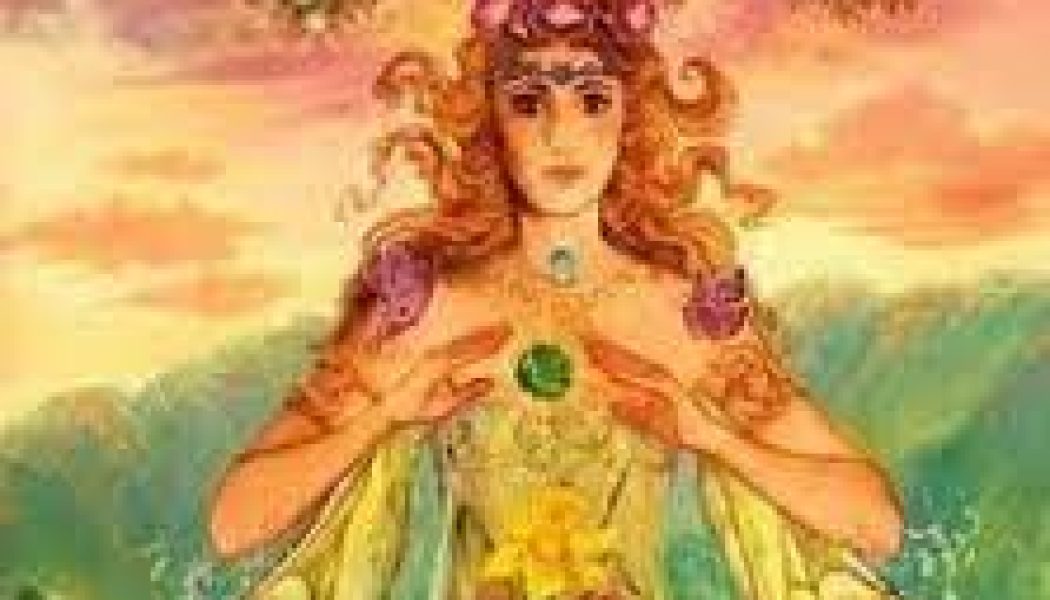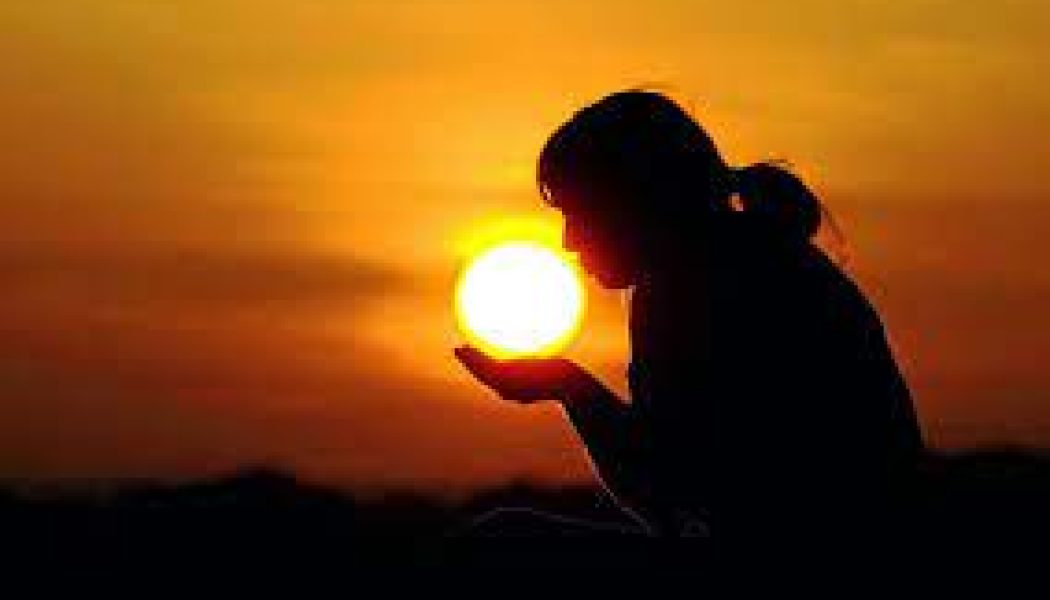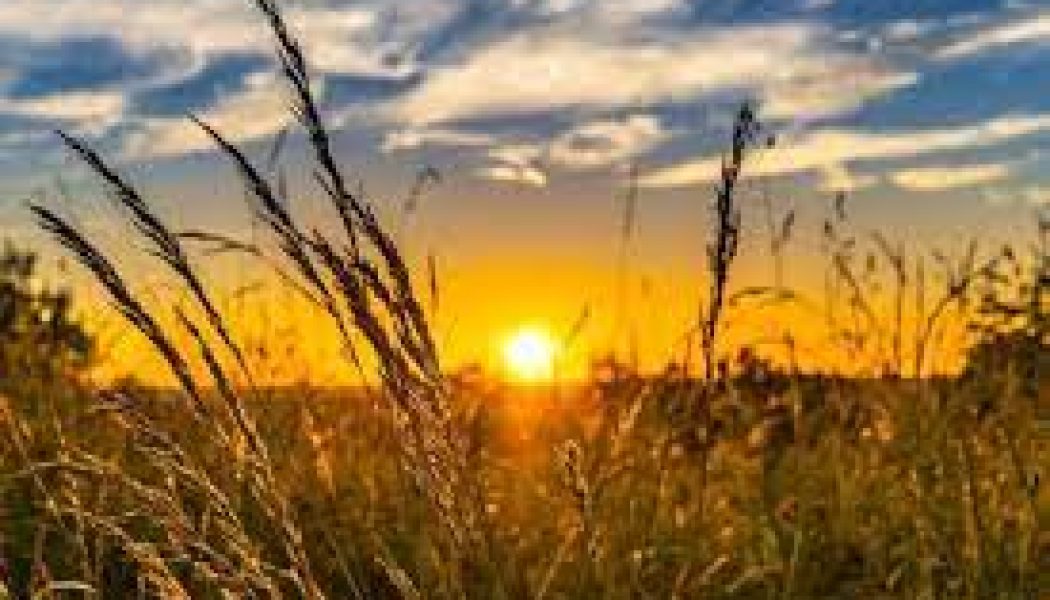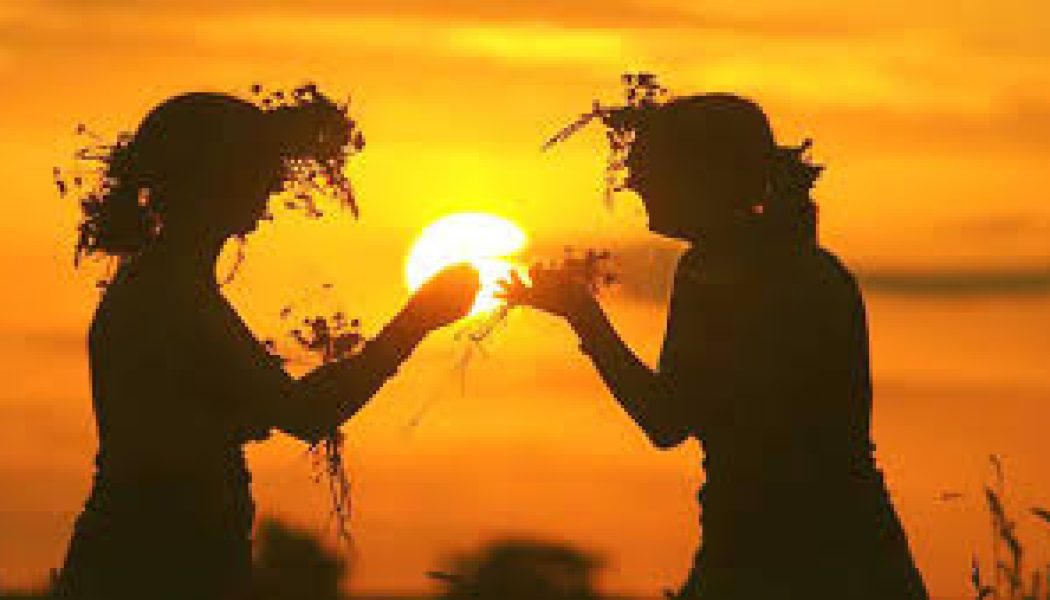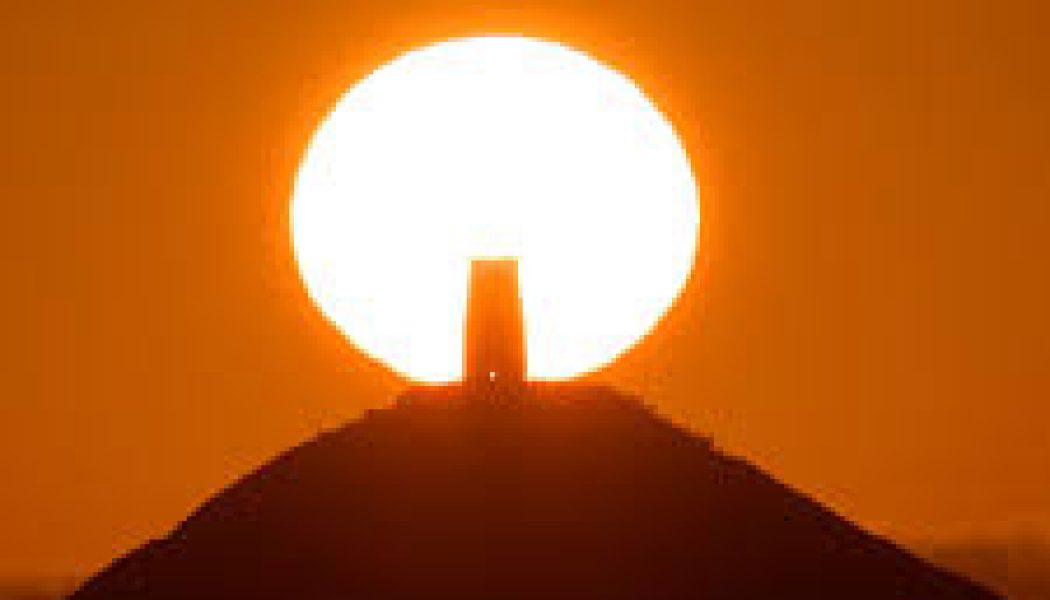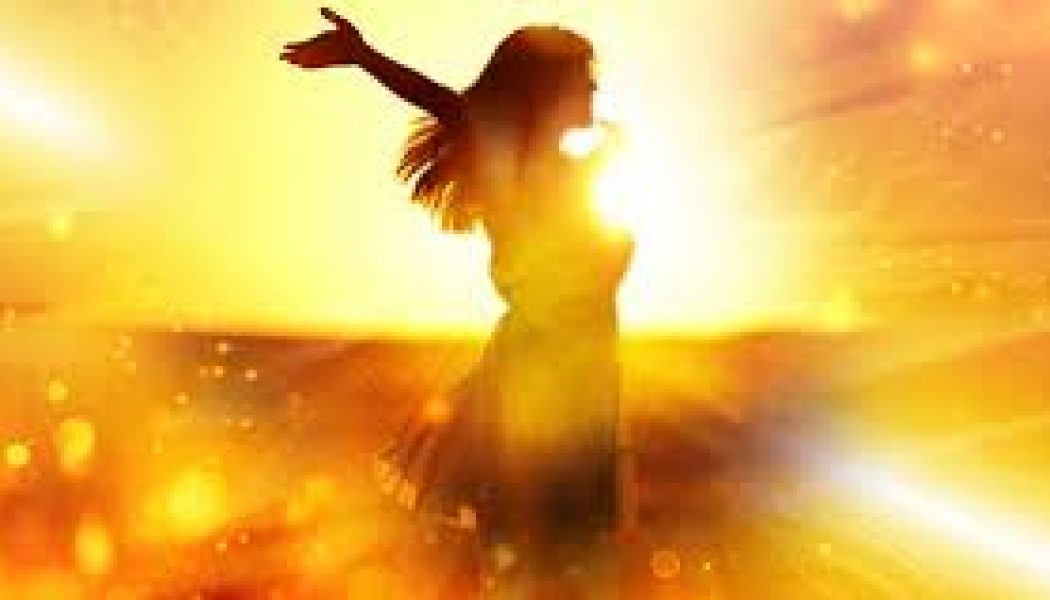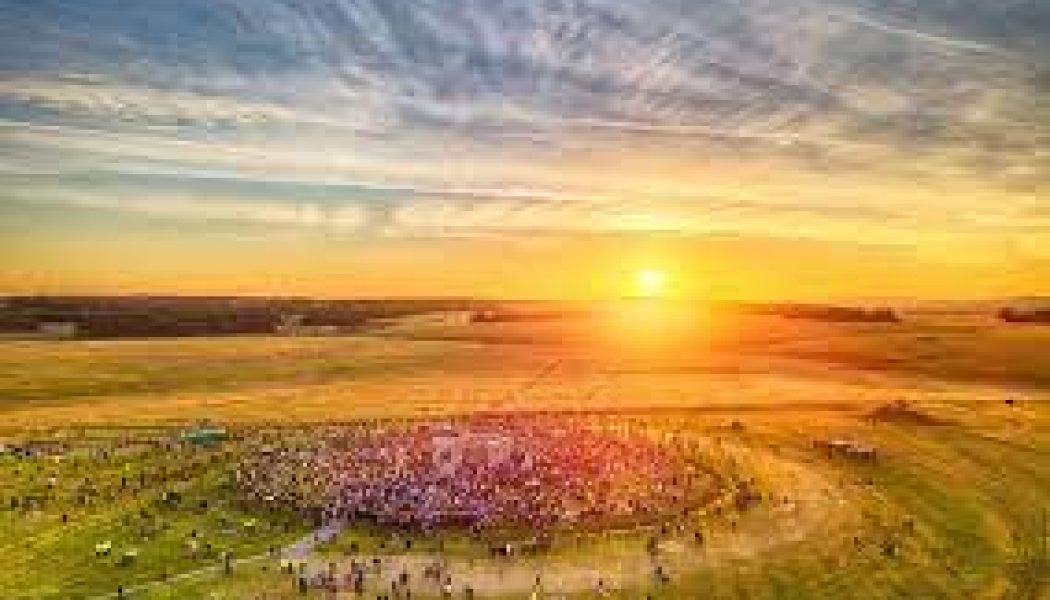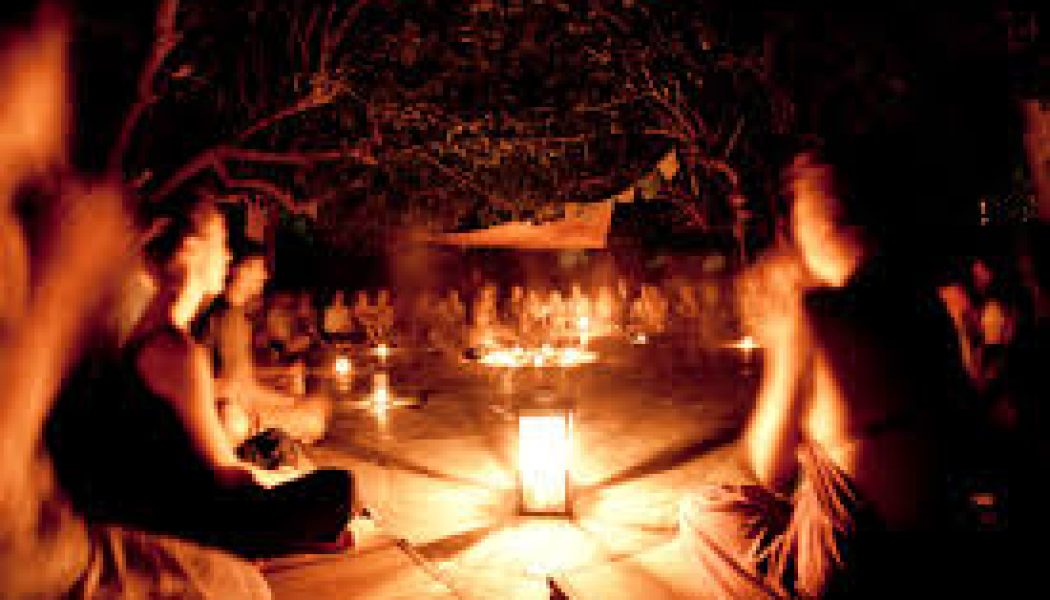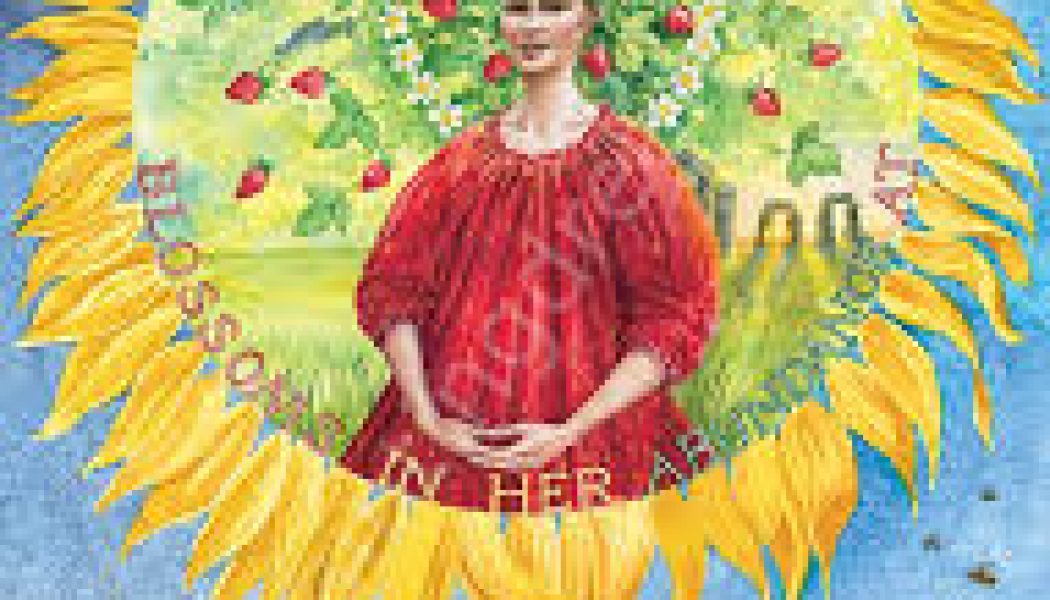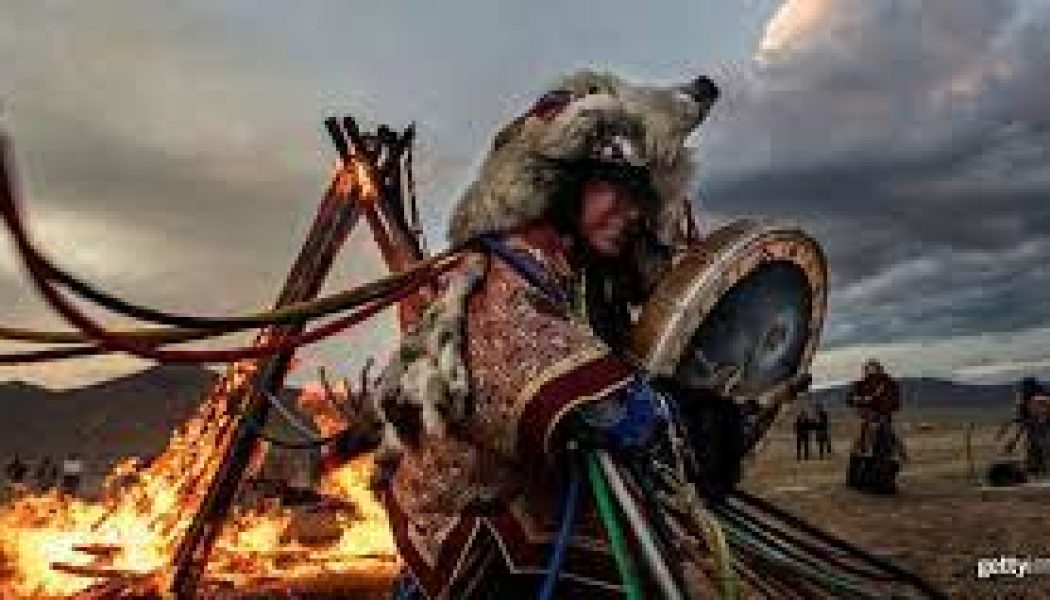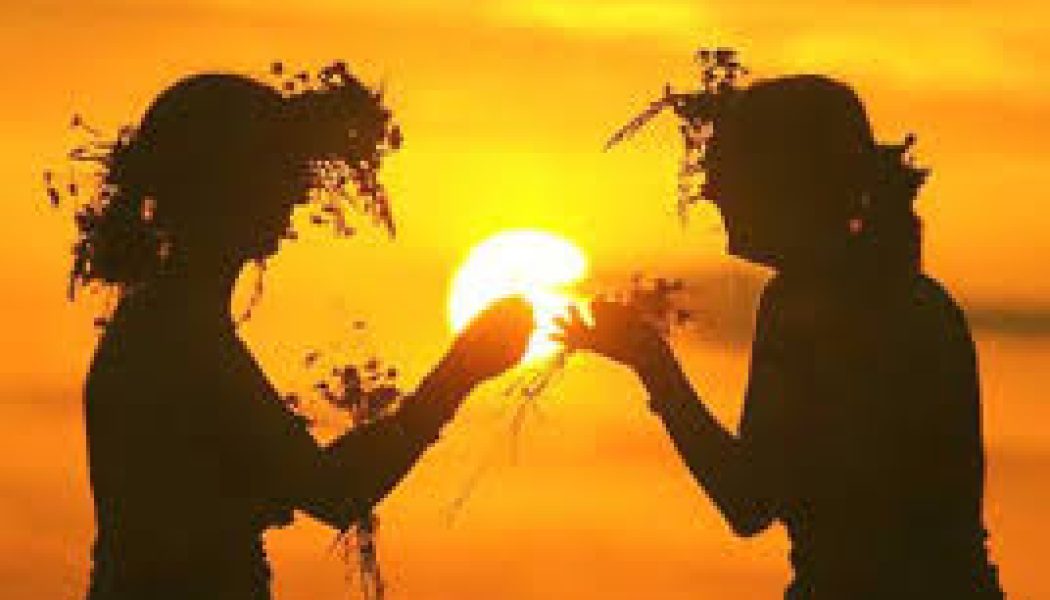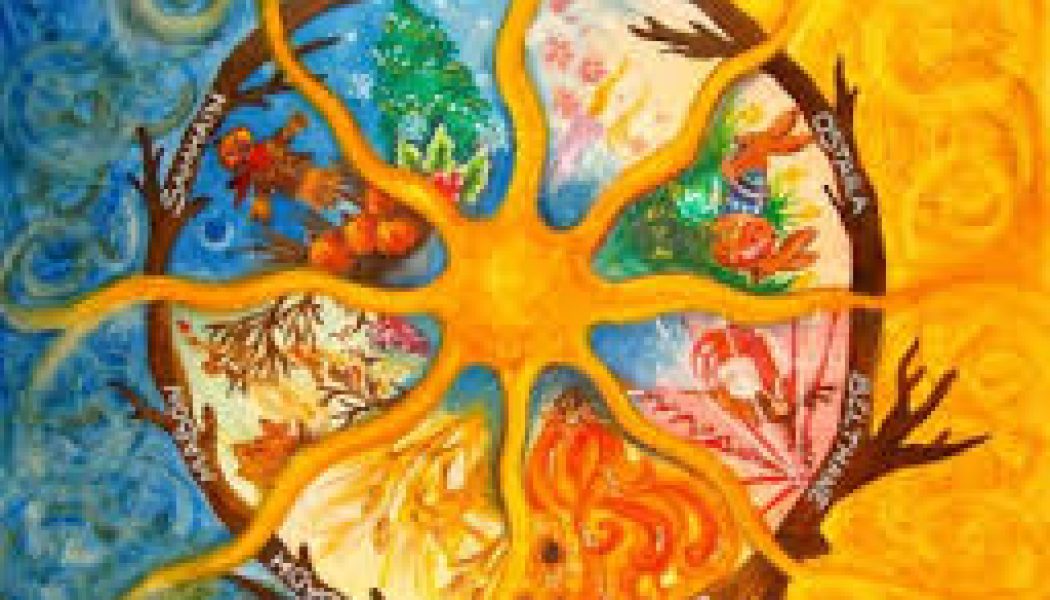Litha/ Summer Solstice
A Witches Guide to the Pagan Summer Solstice Celebration
Litha, also known as the Summer Solstice, is a pagan holiday celebrated on or around June 21st in the Northern Hemisphere. It is the longest day and shortest night of the year, and marks the official ...
Winter to Summer
Winter’s chains are broken for good as the wheel of the year turns from winter to summer. Love is in the air as bee carries pollen from blossom to aromatic blossom and honey drips from the comb. The s...
Origins of Litha
Litha is a pagan holiday; one of their eight sabbats during the year. Litha (also known as Midsummer) occurs on the summer solstice, and celebrates the beginning of summer. The traditions of Litha app...
Summer Solstice Celebration
Summer Solstice presents us with a time to celebrate! The Summer Solstice arrives on the longest day and the shortest night of the year. Solstice happens twice each year – in Winter near December 21 a...
Summer Solstice
Since the bleak midwinter, the sun’s litha has been steadily growing. The earth is bursting with beauty and bounty. The Mother Goddess is great with child at Summer Solstice and the Oak King is at his...
SELF-DEDICATION LITHA RITUAL
For hundreds of years’ people or groups have been performing dedication rituals to their Gods and Goddesses, this was done to declare themselves to the divine, it solidifies the relationship you have ...
Litha History – Celebrating the Summer Solstice
An Ancient Solar Celebration Nearly every agricultural society has marked the high point of summer in some way, shape or form. On this date–usually around June 21 or 22 (or December 21/22 in the south...
Summer Solstice—Midsummer’s Day
Summer Solstice—Midsummer’s Day, the longest day of the year, when the sun reaches its peak of power, and begins to decline. We mark this day as the beginning of summer, of the time of ripeness and ha...
Blessings on Summer Solstice
This was when the whole world measured time This is when the light would turn around This is where the past would come undone and the spinning earth will mark a new beginning Let’s go back in time, to...
Summer Solstice Grange Stone Circle
The importance of Summer Solstice ties back to ancient Celtic society’s reliance on agriculture and crops. The reliance and appreciation for the sun is what brought people closer to nature and further...
Litha
(NORTHERN HEMISPHERE) Date: June 20th – 22nd Other Names: Alban Heruin (Druidic), Summer Solstice Pronunciations: lee-thuh, lii-thuh Although the name Litha is not well attested, it may come from Saxo...
Summer Solstice Blessings
In Latin the word ‘solstice’ literally translates to ‘the sun stands still’. In the Northern hemisphere we will enjoy over 16 hours of daylight – and thousands will gather at sacred sites around the w...
Summer Solstice: Longest and Shortest Day of the Year
The June solstice is the summer solstice in the Northern Hemisphere and the winter solstice in the Southern Hemisphere. Solstice’ (Latin: ‘solstitium’) means ‘sun-stopping’, because the point where th...
Ways to Celebrate Summer Solstice
Host a Bonfire Litha is all about the fiery aspect of the sun, so why not celebrate the fertility of the gods with a blazing, roaring fire in your back yard? It’s the longest day of the year, so stay ...
Summer Solstice Ireland
The ancient Celtic festival acts as a timely reminder and celebration of who, where and what we really are. Summer Solstice celebrations date back to over 5,000 years ago in ancient Ireland, For north...
Thoughts on the Summer Solstice Well Dressing
A dressing created on Solstice Eve, in the softening light of the summer sun, reflected in our Well lantern(s) and candles. Healing herbs and flowers ~ calendula, jasmine, hypericum, lemon balm, yarro...
ENCHANT YOUR HEARTS WITH THE MAGIC OF THE SOLSTICE
The Summer Solstice is a powerful gift of solar energy given to the world. The seasons do change as the planet orbits the sun and Gaia is bathed in light, seeded with the wind and quenched with the ra...
Litha, Summer Solstice Incense and Oil Recipes
Midsummer Incense #1 2 parts Sandalwood 1 part Mugwort 1 part Chamomile 1 part Gardenia Petals a few drops Rose Oil a few drops Lavender Oil a few drops Yarrow Oil Burn at Wiccan rituals at the Summer...
Summer Solstice Rituals and Ceremonies
Depending on your individual spiritual path, there are many different ways you can celebrate Litha, but the focus is nearly always on celebrating the power of the sun. It’s the time of year when the c...
Summer Solstice Wales
The summer solstice is the first day of astronomical summer and the longest day of the year for people in the Northern Hemisphere. In ancient times, solstices and equinoxes were important in helping p...
Summer Solstice Protective Ritual
The protective rituals on the night of the summer solstice included also the preparation of wreaths. Unmarried girls were carefully selecting the herbs and flowers for their wreath. Its shape and colo...
Summer Solstice
At the Summer Solstice the Sun has reached its climax. It is the longest day of the year. At its most glorious peak the Sun God sacrifices his power and bestows his solar seed upon the Earth womb. On ...
Litha, also known as Summer Solstice
The Summer Solstice, also known as Litha, occurs on Tuesday, 21st of June, marking the astronomical first day of summer in the Northern Hemisphere. The sun is at the height of its power – the longest ...
Shamanic Summer Solstice
Celebrations of the Summer Solstice vary across the globe and from culture to culture. In some cultures, it is also known as “Midsummer’s Night” and celebrations begin with twilight. In others the Sum...
A Summer Solstice Blessing
It’s the midsummer’s evening, the shortest of night, Where our planet is blessed with the greatest of light. The sun at its power, sharing its wealth, With the earth glowing in abundance and health. T...
Summer Solstice St John’s Wort Flowers
Typically flowering on the longest day of summer, this ‘sunshine’ plant is a powerhouse of usefulness. Topically it is a skin plant for cuts, burns, wounds, bruises and some skin diseases. You can use...
Litha, The Summer Solstice
Time: Three days beginning from sunset around 20 June (20 December in the southern hemisphere) Focus: Full potency, illumination, mysteries revealed; healing, the height of joy, fulfilment, the need t...
